The best way to predict the future is to create it, and that's exactly what the next generation of engineers will do, writes futurologist Tracey Follows.
Right now, it feels that engineering is undergoing an exciting transformation. For centuries, engineers have built buildings, machines, and systems that shaped the world we live in. Now, they’re building the invisible frameworks that will create the world to come aided by Artificial Intelligence, another extraordinary creation of engineering minds. Today, AI isn’t just helping us fix problems; it’s helping us prevent them before they happen. We could be moving towards cities that could literally heal their own cracks, medicines that could be designed personally for you, and technologies that might just blur the line between biology and digital innovation.
And that's just the beginning.
We’re talking about factories that run themselves without a single human on site, and energy systems that tap the Earth's core heat or beam power from orbital stations. Today's engineers are already exploring whether machines can ever awaken to consciousness.
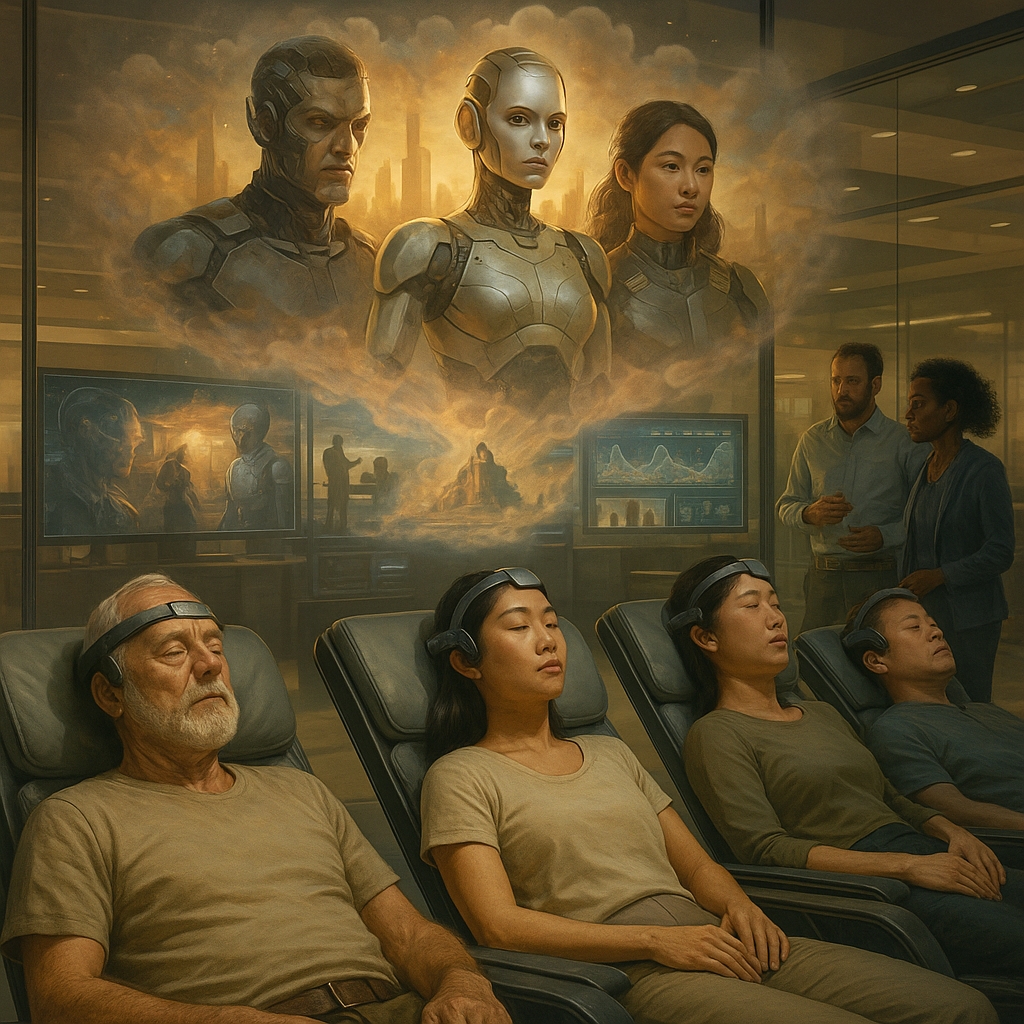
They're unlocking the secrets to making other planets habitable. They're creating textiles from mushrooms and algae, printing living tissues directly inside the body, and designing cities that actively regenerate nature rather than harm it. Some of the innovations and technology mentioned could already be here, they just might not be in everyday use but could very well be commonplace in 25 years’ time and possibly in ways we have yet to imagine.
It’s a reminder that the next generation doesn’t just inherit the future, it builds it too.
The future isn't something that happens to us.
It's something we engineer. And it's happening right now.
Engineering sectors today and in the Future
Digital and AI: Living alongside intelligent machines
Today: In the present day, AI assistants, chatbots, and factory robots are used every day to help us work faster, think smarter, and stay connected. But they are still told what to do by people rather than collaborating as equal partners.
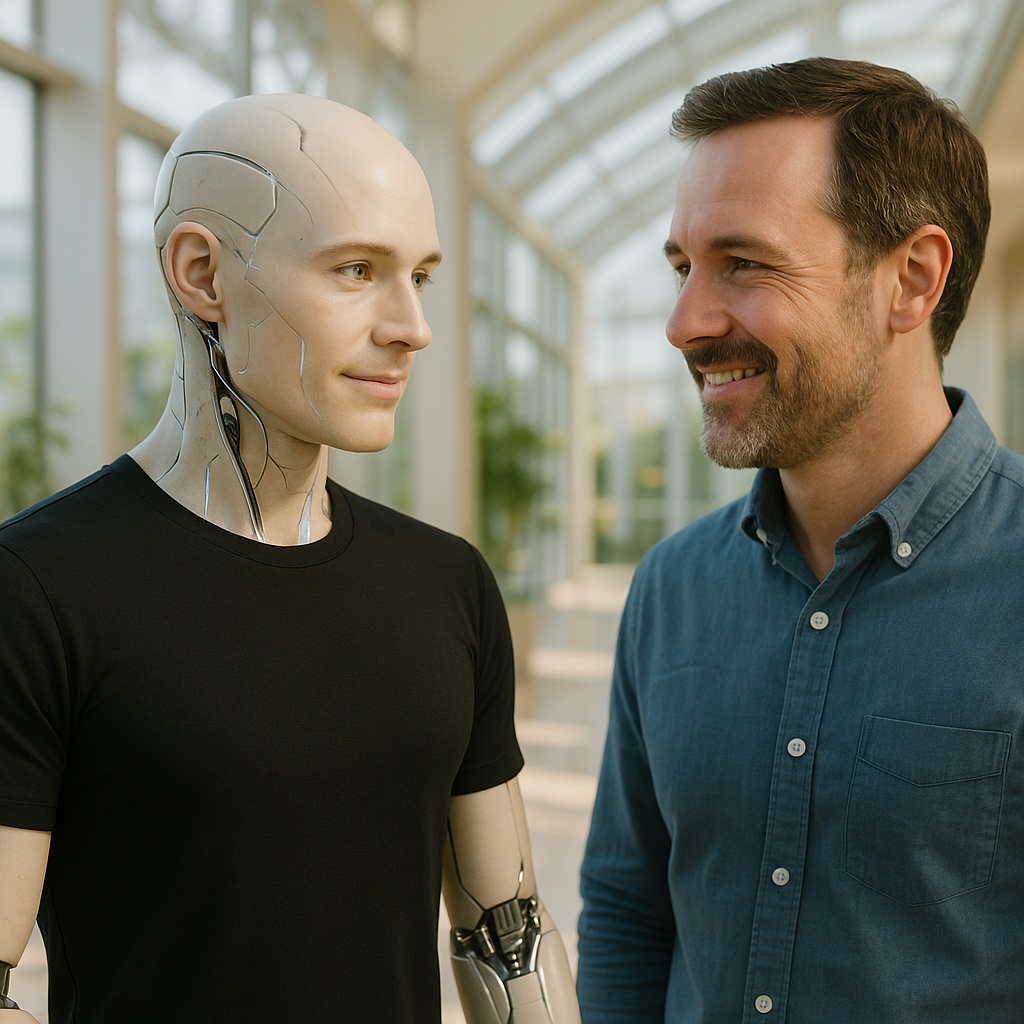
In the future: Engineers could be designing and programming human-like robots. We may see robots capable of learning from what’s going on around them, adapting to emotion, and even expressing it, designed with lifelike materials, like skin, and other human characteristics, like movement, that feel real, not artificial. Engineers will grapple with ethical questions and part of their daily work will involve resolving these.
What else might this look like: In time, smart systems could be part of our daily work lives. Whether or not they end up being conscious, they will become a huge part of our daily life – from homes, workplaces, hospitals, and communities. No longer seen as machines, but as trusted collaborators, capable perhaps of empathy, they could anticipate our needs, solve problems and perhaps prevent them before they happen. With continued advances in bioengineering, these intelligent machines might one day look, move, and respond so intuitively that the boundary between the digital and the human begins to blur.
Beauty and Wellness: Enhancing the human body
Today: From cosmetic surgery to fitness trackers and wearables, to personalised skincare, we can improve almost everything, however age eventually catches up with us all.
In the future: Beauty and wellbeing could become deeply personalised, responsive, and sustainable. Smart mirrors may analyse our skin in real time, adjusting lighting or recommending treatments and makeup on the spot, while smart closets could suggest outfits and updates based on climate, mood, or activity. Meanwhile, makeup and packaging could safely dissolve after use.
What else might this look like: Imagine if our bodies could change as easily as we change outfits. New breakthroughs in biotechnology and materials science could make it possible to get personalized treatments which have been created by our own biology -from skin microbiome analysis to biosensors that deliver exactly what the body needs, when it needs it. Smart mirrors could act as wellness companions, guiding wellness routines like exercise and skincare, matching products that naturally decompose once you’ve finished with them, eliminating waste.
Personalised wearables or implantable devices could one day improve how we experience the world - subtly extending our senses or improving performance in specific environments - all within carefully governed ethical frameworks.

Buildings & Construction: Engineering Living Structures
Today: Today, buildings are designed to shelter and serve us. Unmoving, they rely on human maintenance and external control to respond to problems as they arise to ensure buildings remain efficient, safe, and comfortable.
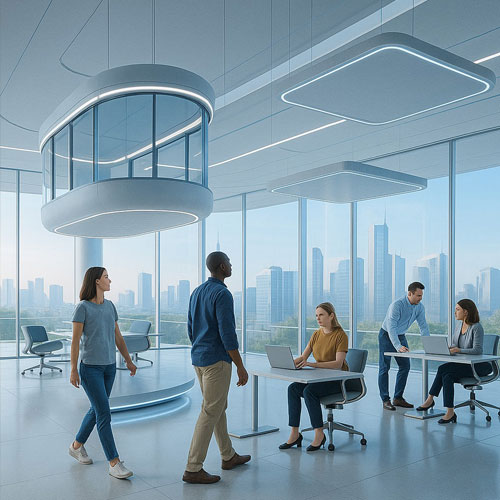
In the future: Buildings may behave more like living organisms: healing cracks, supporting living walls that clean air and regulate temperature, and adapting to the needs of the people inside. Robots and AI could work together to create 3D printed, self-adjusting and low-to-no carbon materials, like concrete that repairs itself, cements with less carbon, and materials that adapt to stress and heat. Smart systems could sense whether people are inside, air quality, and wellbeing, automatically adjusting temperature, lighting, and airflow. This could lead to schools that stay cool during heatwaves, hospitals improved for healing, and homes that adapt to families’ needs.
What else might this look like: The most ambitious vision? Engineers might even begin to move beyond the limits of traditional physics, designing structures that can control gravity. Using futuristic materials like superconductors and quantum tech, they could one day create spaces where gravity is lighter. Imagine care homes where walking feels effortless for the elderly, manufacturing plants where materials form perfectly in weightless air, and sports arenas that let athletes experience moon-like conditions. In time, the same principles could be used to develop gravitational shielding that allows buildings to ‘float’ during earthquakes. On Earth and on other planets, engineers could turn local soil and rocks into eco-friendly, self-healing materials resilient to damage.
Sports & Fitness: Engineering Superhuman Performance

Today: Athletes rely on training, nutrition, and wearable tech to track progress and improve performance. Smart watches, sensors, and fitness apps already collect vast amounts of data but most of it still depends on human interpretation and experience to turn insight into action.
In the future: The body could become a living laboratory for improved performance. AI coaches and smart suits might analyse movement in real time, adjusting training loads, form, and recovery plans for each individual. Robotic systems could help refine technique and guide rehabilitation, keeping athletes at their peak while reducing risk of over-training or injury.
What else might this look like: Bodies and minds could be operating at once-impossible levels. Engineers will be designing intelligent fabrics that monitor exertion and temperature, and wearable exoskeletons that protect joints. In the future, athletes could be wearing helmets that protect their brains alongside gear that is eco and planet friendly. Games could have AI referees making lightning-fast, accurate decisions.
New sports could mix the real and digital worlds to create new ways to compete and collaborate. Behind the scenes engineers and bioethicists will team up to make sure that any technological innovations help to make humans shine, keeping sport about skill and achievement in a technological world.
Medical & Health: Engineering Longevity
Today: As humans we currently treat and fix damage, whilst managing decline, as ageing is inevitable. Medicine focuses largely on treating illness once it appears, using surgery, medication, and replacement parts to help people recover rather than prevent failure.
In the future: Life extension technologies could come of age. We’ll be working towards carrying out regeneration and replacement of organs rather than doing repairs. It might not just be bioprinting or similar of organs, but of new joints, new cells, even new nerves, so that humans can live well beyond their expected years.
What else might this look like: Health span, not just lifespan, will be the goal. Hospitals could shift even further in their focus from treating to anticipating illness, using robotics and minimally invasive techniques for prevention to regenerate rather than repair ailing bodies. Engineers might create biocompatible implants that help the body repair tissues or reconnect nerves, while biosensors continuously monitor wellbeing and flag early signs of illness. Non-invasive brain and neural interfaces could help restore movement, vision, or mental health, making afflictions like incontinence and visual impairment a thing of the past. With advances in stem cell technology, entire organs may one day be created in the lab, reducing the need for surgery. Working alongside ethical bodies and regulators, engineers will ensure these technologies are developed responsibly, helping humanity live well for longer.
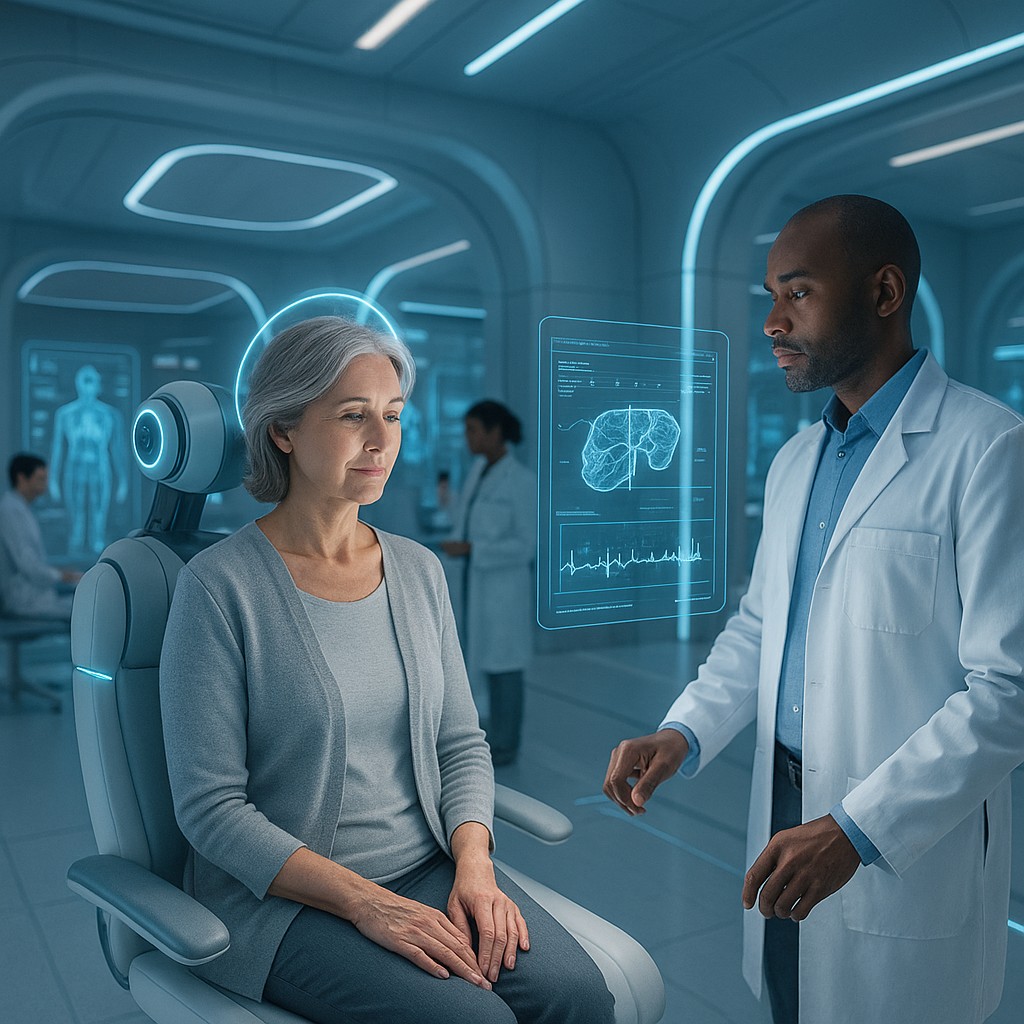
Transport, Flight & Space: Building New Worlds
Today: Space exploration is rare and costly.
In the future: Within two decades, the Space Economy will be worth trillions, driving a new wave of transport innovation. So, in the future, we will begin to take the idea of living and working in space more seriously. Hydrogen-powered aircraft, electric short-haul travel, and hybrid propulsion for long-distance missions could change global travel as we know it. In parallel, engineers may design regenerative life-support systems, smart spacesuits, and health technologies to help people stay well in space for longer.
What else might this look like: Humanity could embark on century-long projects to make other planets habitable. We might learn to convert local resources to make that possible: such as turning carbon dioxide into oxygen, using microbes to grow food in alien soils, and building radiation shields from native rock. Engineers could create self-sustaining habitats where air, water, and waste are all recycled, exploring new ways for people and planet to live in harmony. Over generations, such innovations could transform humans from space explorers into new world-builders.
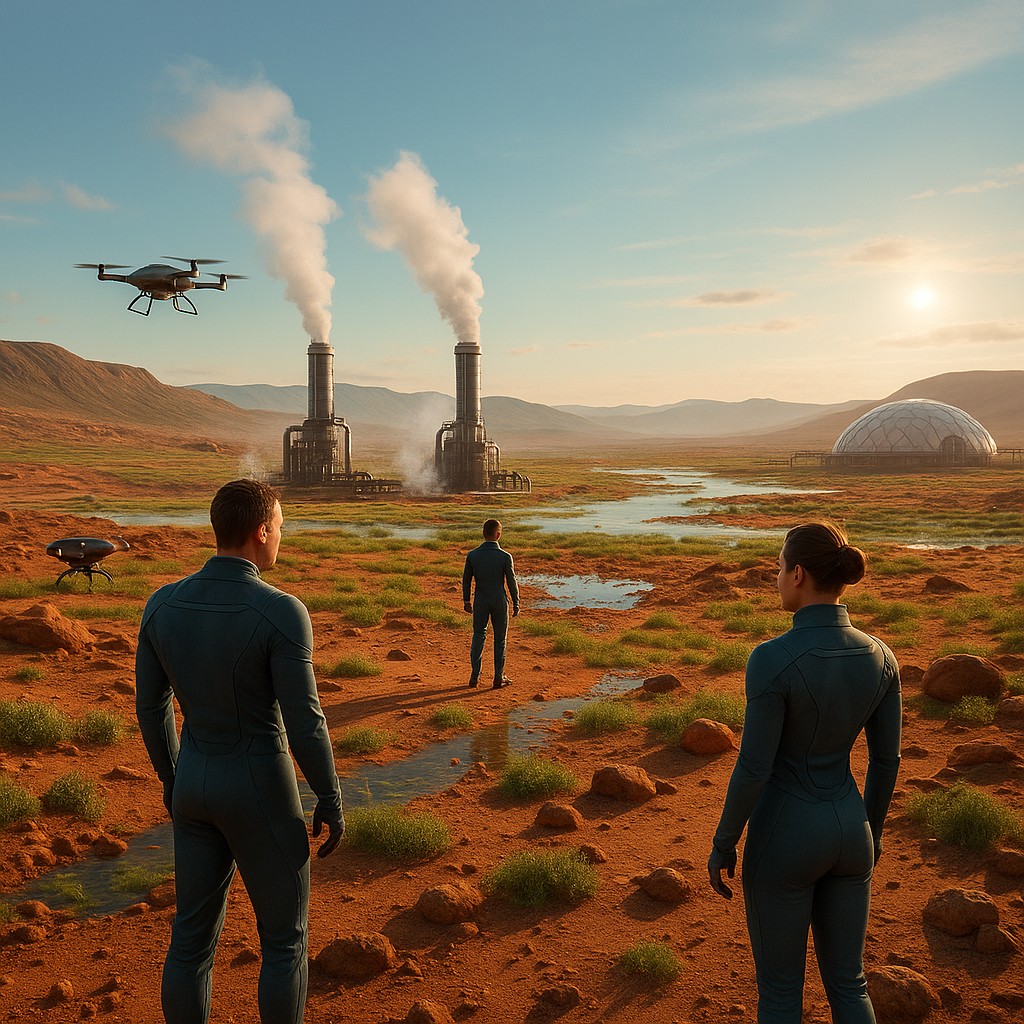
Entertainment: Engineering Shared Realities
Today: We watch screens and play games as passive or semi-involved participants. Even when interactive, our experiences happen through devices, separated from the physical spaces and people around us.
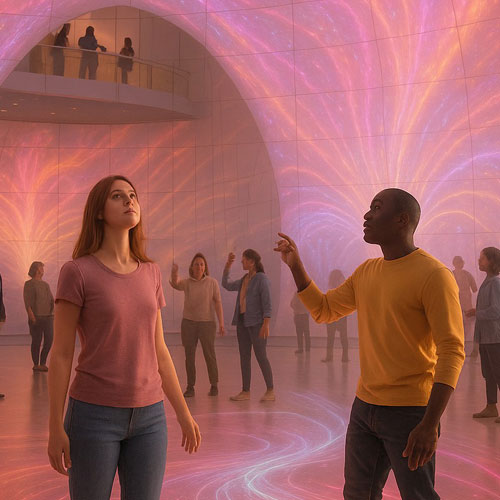
In the future: Entertainment will move towards becoming truly immersive and inter-connected, thanks to an AI-generated content world. From holograms of your favourite TV characters and pop stars coming to life around you, to cities transforming into stages and historical sites you could explore as they were thousands of years ago. Engineers could craft immersive spaces that respond to your emotions and thoughts, connecting people across cultures and turning ideas into unforgettable shared experiences.
What else might this look like: Physical and digital worlds could merge seamlessly. The ultimate entertainment frontier might involve synchronised dream experiences where thousands of people share the same dream at once. We could use technology to link people's brain patterns and create shared dream worlds that have the same story, while letting each person add their own creativity. Engineers and storytellers could build safety and consent systems to ensure people wake up remembering it was a dream - turning sleep into the ultimate immersive form of entertainment.
Security: Predicting and Preventing Conflict
Today: Security relies on surveillance, intelligence gathering, and military resilience. Nations react and respond to threats.
In the future: We’ll focus on prediction and prevention. Engineers will design systems that anticipate and deter attacks, protecting digital communications, critical infrastructure, and space-based assets. AI will help spot patterns of risk faster than humans can, while quantum computing will both challenge and strengthen security: creating powerful new encryption methods and building super-resilient unbreakable shields around information, while maintaining secure connections. Unmanned and self-operating systems, guided by real-time sensor networks, will increasingly take on high-risk roles, with humans directing from safer distances. Meanwhile, 3D printing will allow faster design and repair of equipment, ensuring rapid response in times of crisis.
What else might this look like: Looking further ahead, conflict prevention may depend less on building weapons and more on building innovation ecosystems: the labs, factories, and data networks that allow nations to adapt quickly to new threats, from cyberattacks to pandemics. Engineers could start to run systems that spot potential wars and conflicts years before they start. Using supercomputers to explore millions of possible futures, we could see how resources move between countries and spot early signs of stress in populations. We could design systems that recommend the best diplomatic talks, economic support, or humanitarian aid to prevent fighting, detecting ethnic tensions, competition over water and resources, climate disasters, and migration crises early enough to find peaceful solutions before violence begins.
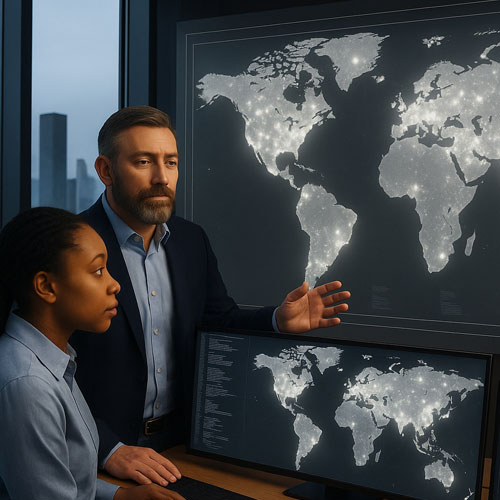
Fashion & Textiles: Engineering Thoughtful Fashion
Today: We buy, wear, wash and discard clothes regularly.

In the future: Fashion will become more sustainable and intelligent. Engineers could create self-healing fabrics, graphene-infused materials, and 4D-printed textiles using nanomaterials that monitor the body and brain. Fibre-recycling specialists could design endlessly reusable materials and find environmentally friendly ways to dye them. Fabrics might change colour, texture, or pattern at voice or thought command, like chameleons, transforming style into software where personal data mixes with cultural trends. Engineers could transform garments into smart fabrics, powering devices and monitoring health in real time: jackets charging tablets, socks checking heartbeats, uniforms warning of overheating.
What else might this look like: Looking far ahead, we could be in a position for clothes to generate power, monitor health, or change form. Textiles made from captured carbon could be endlessly remade, with programmable insulation for adaptive temperature control and integrated solar capture for wearable energy generation, or designed for endless reuse, as ‘new’ garments or other products such as accessories like recycled denim sunglasses or insulation materials. Products could be designed with a view to making them infinitely useful - helping to turn fashion into a circular, zero-waste system.
Manufacturing: From Automation to Regeneration
Today: Factories require workers, raw materials that must be mined, and produce waste that accumulates.
In the future: Factories could become self-organising! Some may operate needing little to no lighting or constant human presence, using digital twins to test and refine production safely before anything is built. Robots and automated systems could take on the most dangerous or delicate work, while humans oversee operations and design improvements remotely. Alongside automation, engineers will focus on recovering and reusing materials - mining old landfill sites, recycling metals and minerals, and redesigning products so parts can be repaired or remade. Step by step, factories could move towards making no waste at all and fully reusable materials, transforming manufacturing from resource-intensive to planet friendly.
What else might this look like: Looking further ahead, engineers will create materials and components engineered at the atomic level to enable faster AI, novel space telescopes searching for new planets and consumer products that are currently science fiction. Manufacturing could increasingly draw inspiration from nature: packaging that safely composts, shoes that repair themselves, and products grown from renewable materials like fungi, algae, or cellulose. Bio-labs might produce furniture that changes to fit your needs and self-healing devices, while factories become zero-waste hubs that recycle their own materials. And in the far future, we might mine asteroids for rare materials without harming the Earth – helping to make manufacturing sustainable even in outer space!
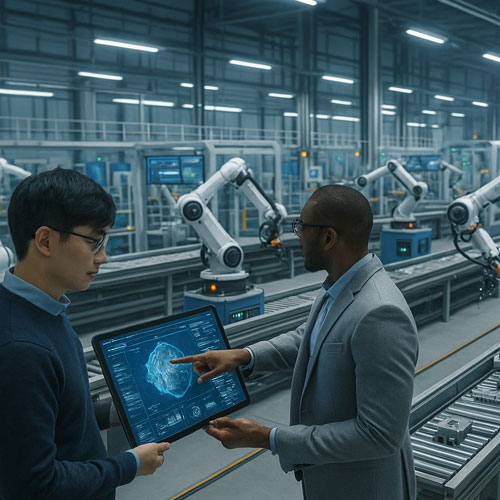
Energy: Powering Civilisation's Future
Today: We burn fossil fuels, supplement with renewables, and struggle with storage and distribution.
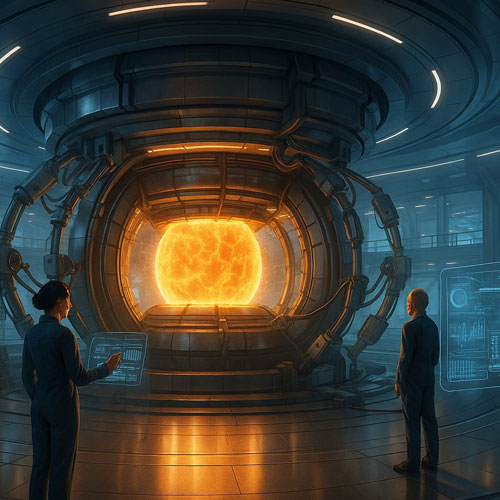
In the future: We could tap into fusion, the same energy that powers the Sun. Inside carefully controlled chambers, hydrogen atoms would smash together to release huge amounts of clean energy. Alongside smaller, smarter reactors and improved storage systems, this could provide reliable low-carbon electricity whenever we need it. After making fusion viable the challenge will be implementing it safely and affordably across the world.
What else might this look like: Using digital models and robots, engineers could help build and manage a global network of floating cities, power stations, and homes. Smart grid systems could balance energy seamlessly between solar, wind, and wave, sending power exactly where it’s needed most. In time, orbital solar panels and geothermal drilling into the Earth could help create a planet powered by clean, reliable energy for everyone.
Sustainability: Cities That Heal the Planet
Today: We struggle with water shortages, waste, and old infrastructure while still trying to protect our precious heritage.
In the future: We could design intelligent networks to make sure water is never wasted and create living systems with smart pipes that sense leaks, recycle instantly, and generate energy as water flows. It could be possible to create machines that collect drinking water from the air and gardens where plants naturally clean water. These living systems would help cities stay green, resilient, and self-sufficient.
What else might this look like: Engineers could create carbon-absorbing towers that clean the air, floating neighbourhoods that rise with sea levels, and self-repairing bridges that sense and fix damage before it becomes dangerous. Historic buildings could sustain themselves using sunlight and movement. Environmental sensors would monitor health and climate in real time. Conversational AI embedded throughout these spaces will provide visitors with historical information, architectural details, and real-time environmental information, making heritage sites both educational and interactive. Engineers will be building cities that don't just reduce harm but actively restore nature, transforming urban areas from environmental problems into ecological solutions.

Images generated using AI.
